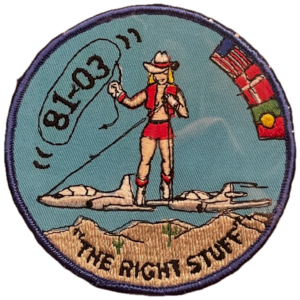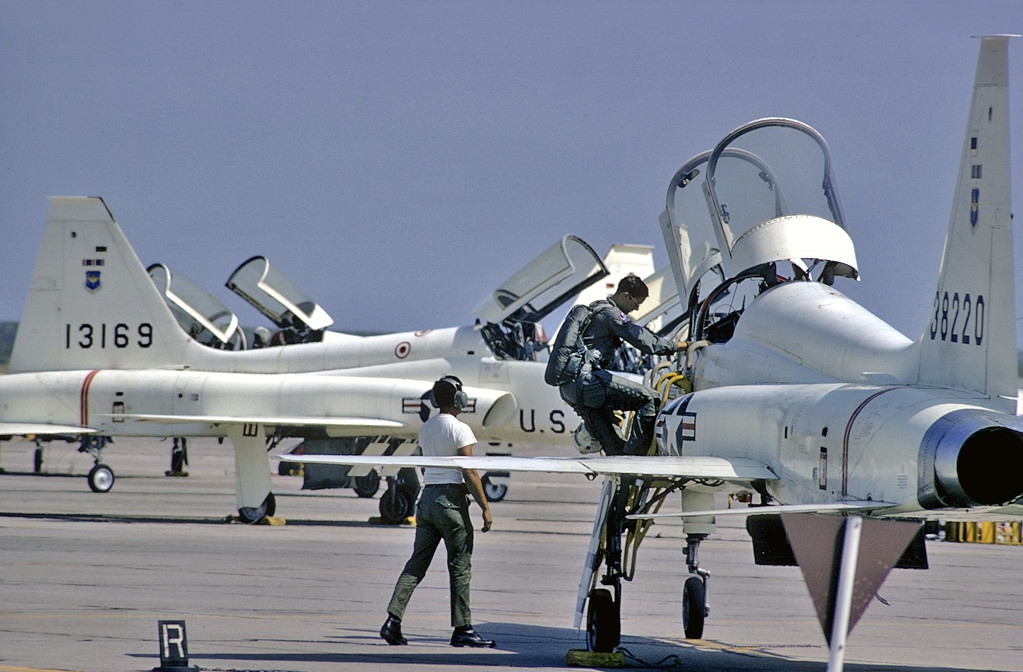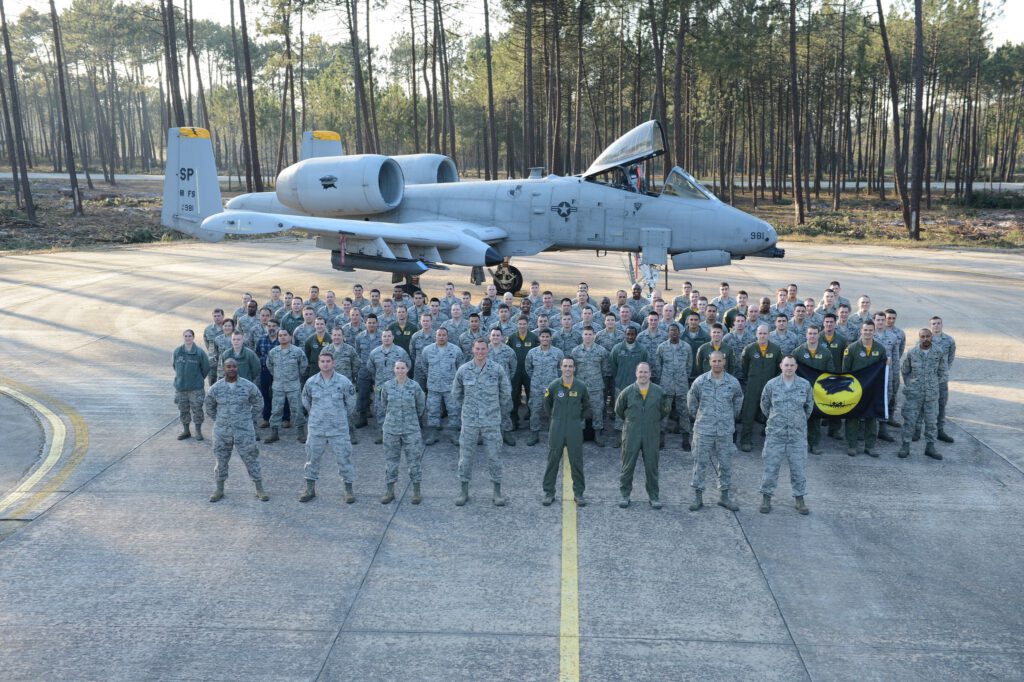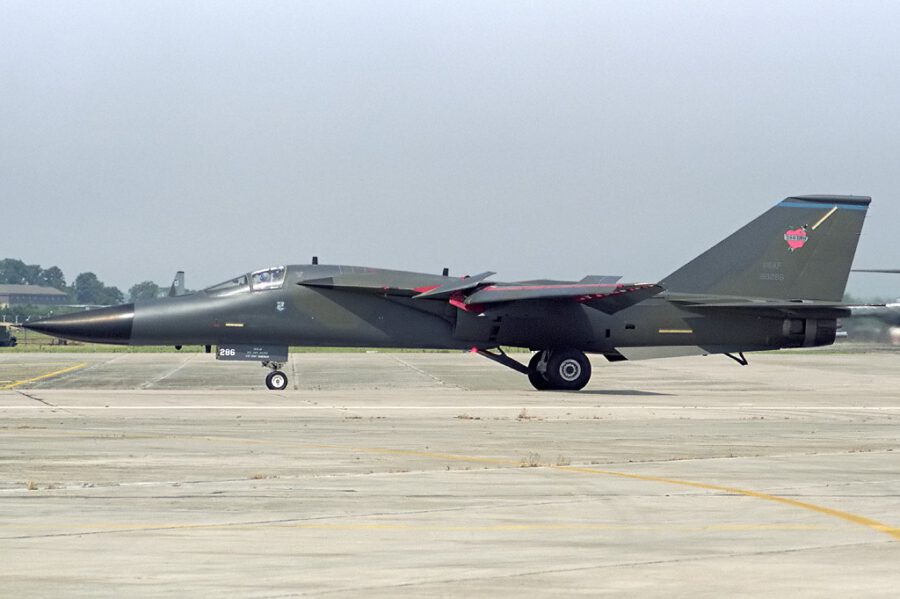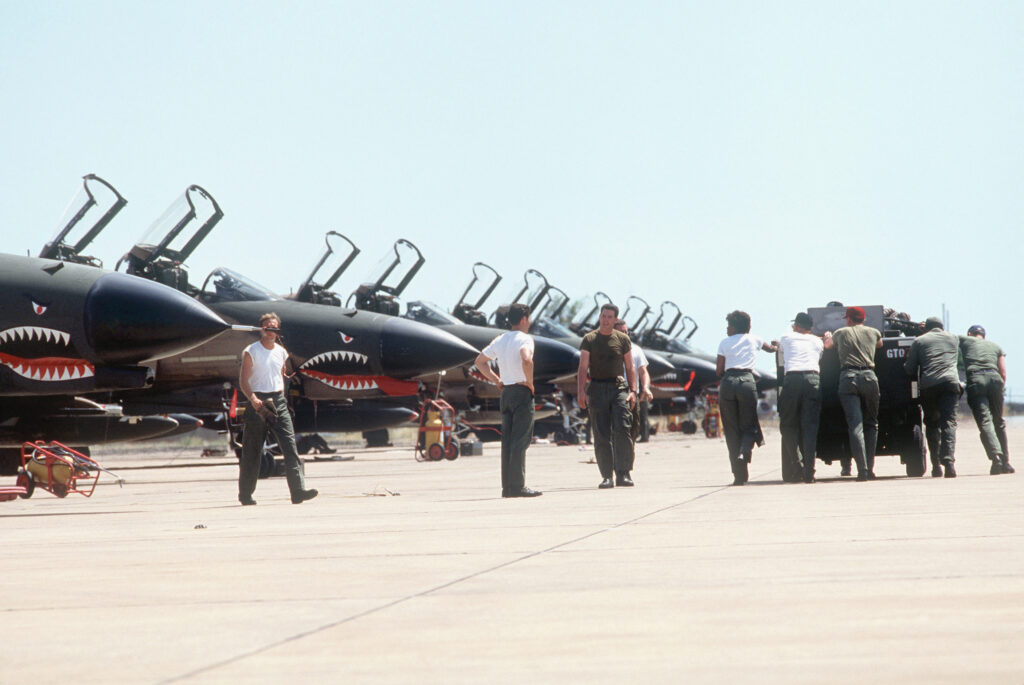Williams Air Force Base, located in Mesa, Arizona, was a significant site for Undergraduate Pilot Training (UPT) for the U.S. Air Force. It served as a primary training base from 1942 until its closure in 1993, producing a large percentage of Air Force pilots. In 1972 and 1973, ATC inactivated its four digit flying wings and replaced them with two-digit and three-digit wings. All of the newly activated units then had a combat lineage. At Williams the 3525th PTW was re-designated the 82d Flying Training Wing on 1 February. Squadrons were re-designated as follows:
3525th Pilot Training Squadron –> 96th Flying Training Squadron (T-37 Tweet)
3526th Pilot Training Squadron –> 97th Flying Training Squadron (T-38 Talon)
In September 1976, UPT class 77-08 at Williams became the first UPT class to include female student pilots. All were serving USAF officers at the rank of 2nd Lt, 1st Lt and Capt who had been previously performing non-flying duties in the Air Force. All were OTS and AFROTC graduates; none were USAFA graduates, since USAFA had only begun accepting females in June of that same year. On 30 November 1976, Capt Connie J. Engle became the first female UPT student to solo in a jet aircraft when she took off in her T-37.
In 1988, each UPT wing had two flying training squadrons one for T-37s and the other for T-38s, plus a student squadron. Air Training Command wanted to find out whether training could be conducted more effectively if student squadrons were eliminated. Instead, all training and administrative duties would be placed in the wings’ two T-37 and two T-38 flying training squadrons. Officials at ATC chose the 82d Flying Training Wing at Williams as the test unit.
Air Training Command activated two additional squadrons at Williams the 98th Flying Training Squadron (T-37) and 99th Flying Training Squadron (T-38) on 1 June 1988. That gave the 82d a total of four flying training squadrons. However, by year’s end, the test had shown that a fifth squadron was needed to provide operational support. The 82d became the first ATC wing to have five flying training squadrons when, on 1 September 1989, the command activated the 100th Flying Training Squadron (T-37).
Air Training Command was directed to close four of its training bases as a result of the 1993 Base Realignment and Closure Commission. The non-flying officer and enlisted technical training center at Chanute AFB, Illinois, and the sole undergraduate navigator training base at Mather AFB, California, were chosen to close in round one, with Chanute’s technical training activities relocating to other USAF technical training centers or similar activities operated by the other services, and the latter UNT activity slated to relocate to Randolph AFB, Texas. The non-flying officer and enlisted technical training center at Lowry AFB, Colorado and Williams AFB as an undergraduate pilot training base were selected in round two.
Air Education and Training Command (AETC), the 1992 successor major command to ATC, inactivated the host unit at Williams AFB, the 82d Flying Training Wing, on 31 March 1993, redesignating it as the 82d Training Wing and transferring it to Sheppard AFB, Texas, where it would control non-flying officer and enlisted technical training, a role it continues to this day. This left the now independent 82d Operations Group to close Williams AFB. The command inactivated the operations group on 30 September 1993, and the approximately 4,127-acre (16.70 km2) base was closed 30 September 1993.
Williams AFB Undergraduate Pilot Training Class Photos
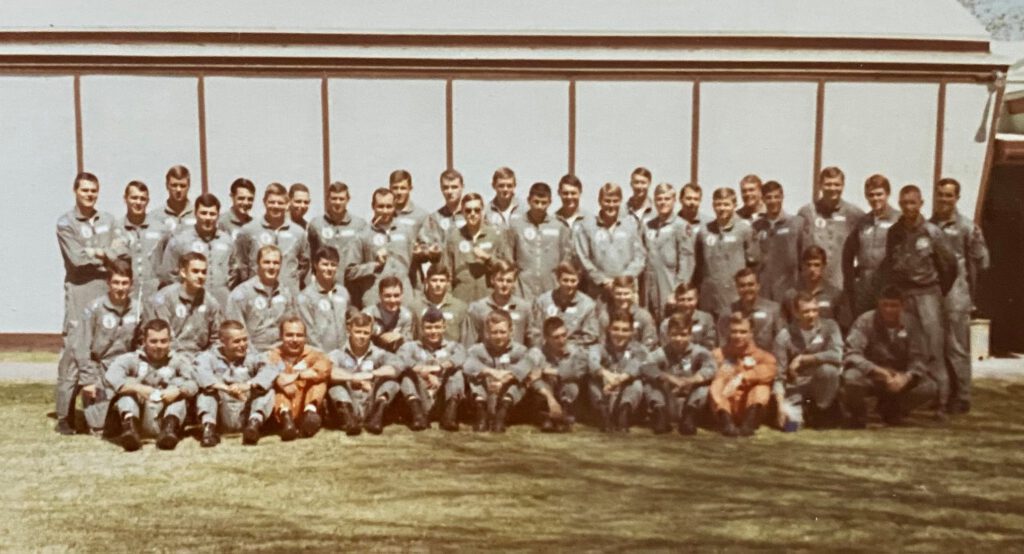




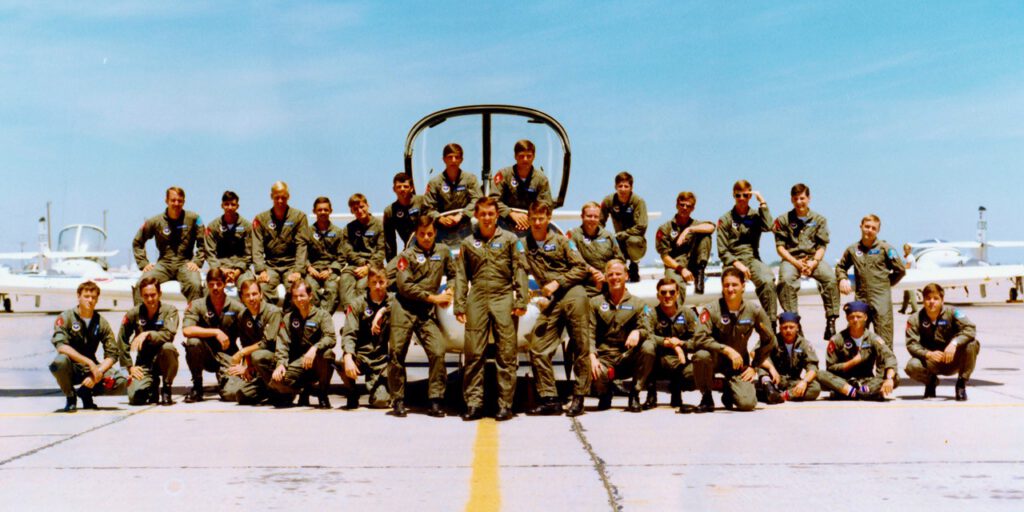
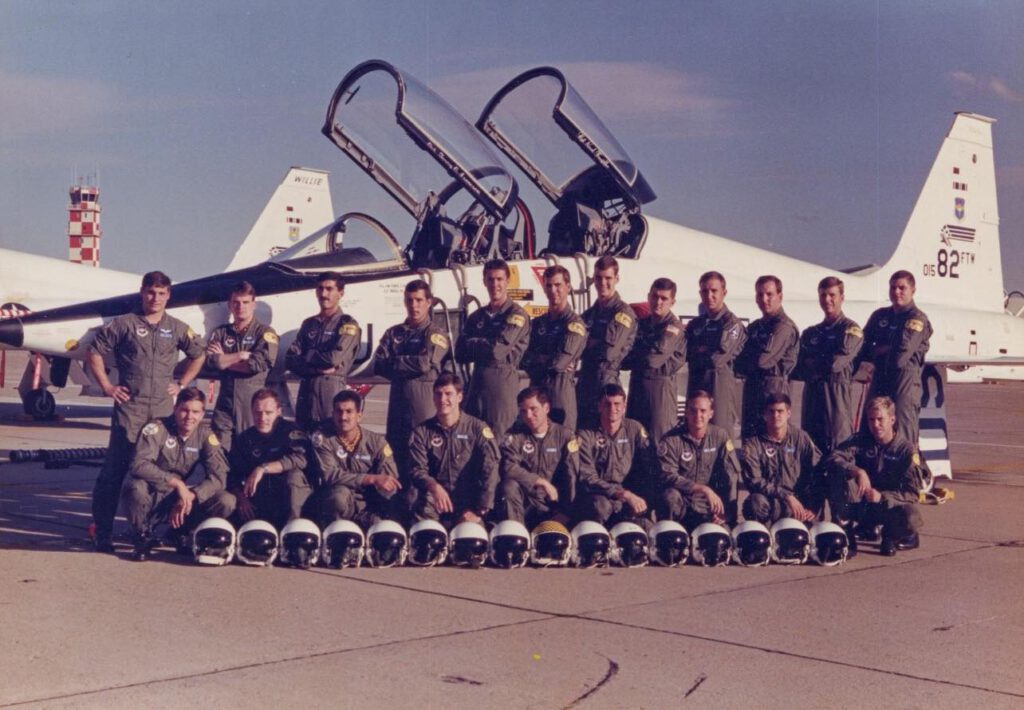

Williams AFB Undergraduate Pilot Training Class Patches
These are the class patches from Williams AFB I was able to collect so far. If you have one that you see is missing and are willing to part with it, please let me know.

